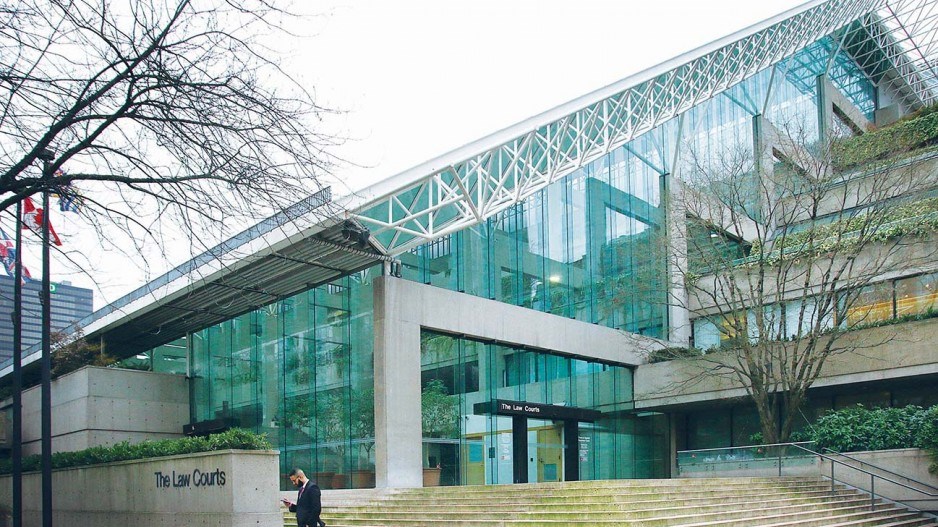Lawyer Jennifer Chow says when she attends calls of new lawyers to the B.C. bar, she’s seeing more visible minorities, a greater number of Indigenous faces.
“When I look out, there’s definitely more diversity in new lawyers,” said Chow, a bencher, or director, of the Law Society of B.C., the professional regulator. “We do have to champion equality and inclusion. Even the perception that we don’t is detrimental to the profession.”
Indeed, more B.C. lawyers are self-identifying as members of minority groups, giving the province’s legal profession regulator a more detailed snapshot of the lawyers’ diversity.
The society has been surveying its members annually since 2013, asking about visible minority, sexual orientation and identity, and persons with a disability.
The information helps the society to better understand demographic trends, to identify barriers some groups face entering and remaining in the profession and to develop programs and initiatives to promote equity, diversity and inclusivity.
“The largest shift can be seen in the growing percentage of lawyers who identify as a visible minority, person of colour or come from a racialized background, although the percentages of lawyers who identify as Indigenous, LGBT or a person with a disability have all increased slightly over the past five years,” a brief to lawyers said.
However, the society has identified shortcomings in attracting first nations people to the professions.
While just over 4.6% of B.C.’s population is Indigenous (First Nations, Metis, or Inuit), Indigenous lawyers comprise only 2.7% of the B.C. bar,” the society said.
In the survey period, the society has seen a growth in lawyers identifying as LGBT. Since 2013, that number had grown by almost one percentage point or 3.52% of lawyers.
By the numbers between 2013-19, the changes for various groups are:
• Aboriginal – First Nations, Metis, Inuit - 2.7% up from 2.5%;
• Visible minority -14.6% up from 16.2%;
• LGBT - 3.5% up from 2.7%; and
• persons with a disability – 2.2% up from 1.7%.
Chow, a member of the society’s equity, diversity and inclusion advisory committee, said the profession needs to reflect society’s diversity.
When someone seeks a lawyer’s assistance, she explained, “They would like to see someone who looks like them.”
“You sometimes want a lawyer who gets it,” she said, citing culture, language or refugee experiences among many others.
“It makes us more human, more compassionate, more understanding.”
Chow said the idea that someone might not be able to find a lawyer who can understand their circumstances could be taken as the profession having structural issues or indeed the perception of racism.
Chow acknowledged a need to interest young people in a legal career, an issue going back to high school given a commitment to at least seven years of post-secondary study and a year of training.
To that end, the society is working on plans to present to the deans of the province’s law schools.
Almost 60% of respondents did not identify with any of the characteristics.
Of 12,565 respondents, 23.6% chose not to answer. In 2019, the society had 15,424 practicing, non-practicing or retired members. In each group, men dominate.
@Jhainswo



